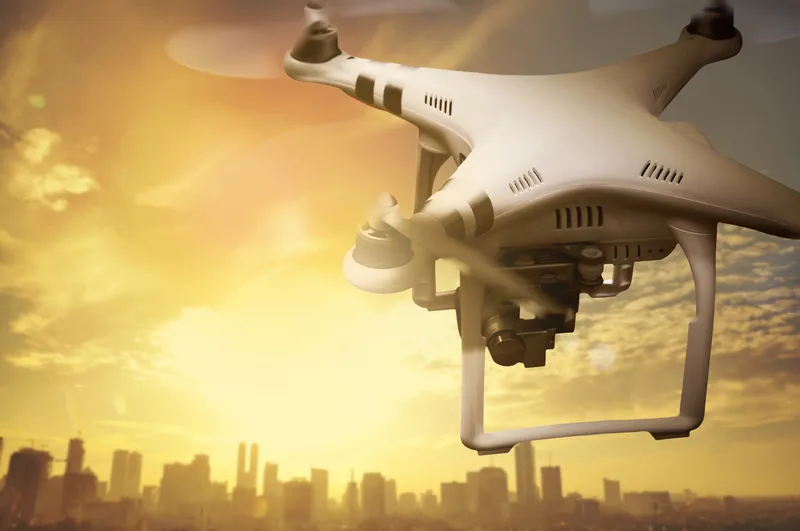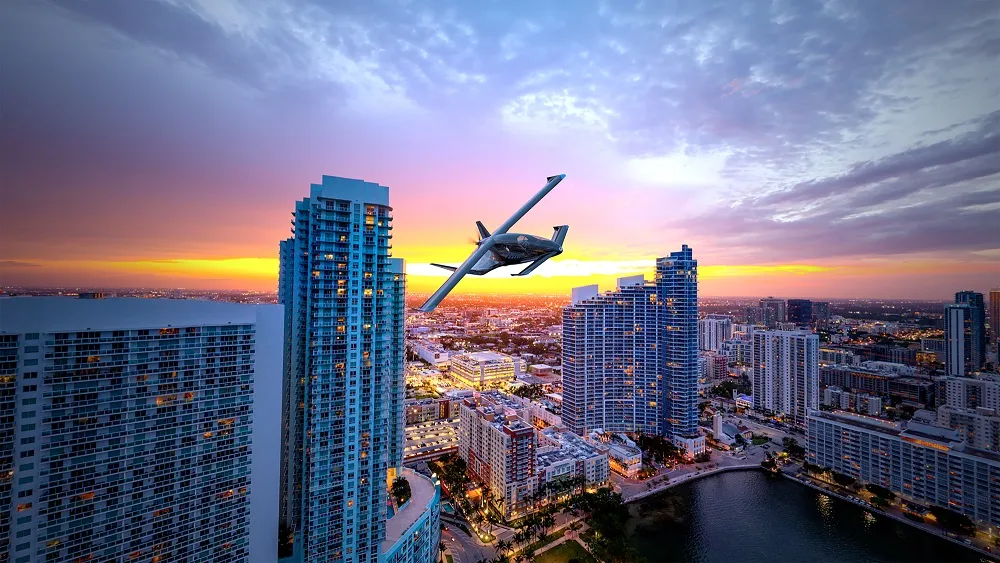A new report from aviation insurer Allianz Global Corporate & Specialty (AGCS), Rise of the Drones: Managing the Unique Risks Associated with Unmanned Aircraft Systems, indicates that numbers of unmanned aircraft systems (UAS) to surge as they become smaller and cheaper.
Whether used commercially for industrial inspections, aerial photography, border patrol, emergency deliveries and crop surveys or recreationally by millions, drones or unmanned aircraft systems (UAS) have the potential to become a multi-
September 20, 2016
Read time: 3 mins
A new report from aviation insurer Allianz Global Corporate & Specialty (AGCS), Rise of the Drones: Managing the Unique Risks Associated with Unmanned Aircraft Systems, indicates that numbers of unmanned aircraft systems (UAS) to surge as they become smaller and cheaper.
Whether used commercially for industrial inspections, aerial photography, border patrol, emergency deliveries and crop surveys or recreationally by millions, drones or unmanned aircraft systems (UAS) have the potential to become a multi-billion dollar business and deliver problem-solving technologies across numerous industries. However, more drones in the skies also raise a number of new safety concerns, ranging from collisions and crashes to cyber-attacks and terrorism.
The report says systematic registration of unmanned aircraft and robust education and training of operators is necessary to ensure safe UAS operations.
“There have already been enough incidents and near-misses to date involving UAS to generate concern that the likelihood of collisions and other loss events will grow as numbers multiply,” says James Van Meter, an Aviation practice leader at AGCS.
As drones are becoming smaller, cheaper and easier to use – and regulatory change, particularly in the US, lowers barriers to entry - growth prospects are surging: The US Federal Aviation Administration (FAA) forecasts that by the end of 2016 in the US over 600,000 UAS will be deployed for commercial use alone – three times the number of registered manned aircraft. In addition, 1.9 million UAS are expected to be in recreational use.
AGCS believes that UAS in commercial use will increase greatly in the next decade because they are effective at carrying out menial or dangerous tasks and have the potential to both solve problems and save costs in future across a number of other industries, throughout the developing world and in disaster relief situations.
A primary concern is the lack of consistent standards or regulations for the safe operation of UAS around the globe. According to van Meter, in many locations, there are few or no pilot training and maintenance standards. “In addition to regulation, education will continue to be key to ensuring safe UAS operation,” he says. Training has a crucial role to play in reducing the risk of an incident occurring, with novice control a major cause of loss activity.
In many locations around the world registration of UAS is not mandatory, effectively affording the user anonymity in the event of a loss incident. AGCS believes identification of both UAS and operator, along with proper insurance, will be essential in the future to maintain proper liability.
Whether used commercially for industrial inspections, aerial photography, border patrol, emergency deliveries and crop surveys or recreationally by millions, drones or unmanned aircraft systems (UAS) have the potential to become a multi-billion dollar business and deliver problem-solving technologies across numerous industries. However, more drones in the skies also raise a number of new safety concerns, ranging from collisions and crashes to cyber-attacks and terrorism.
The report says systematic registration of unmanned aircraft and robust education and training of operators is necessary to ensure safe UAS operations.
“There have already been enough incidents and near-misses to date involving UAS to generate concern that the likelihood of collisions and other loss events will grow as numbers multiply,” says James Van Meter, an Aviation practice leader at AGCS.
As drones are becoming smaller, cheaper and easier to use – and regulatory change, particularly in the US, lowers barriers to entry - growth prospects are surging: The US Federal Aviation Administration (FAA) forecasts that by the end of 2016 in the US over 600,000 UAS will be deployed for commercial use alone – three times the number of registered manned aircraft. In addition, 1.9 million UAS are expected to be in recreational use.
AGCS believes that UAS in commercial use will increase greatly in the next decade because they are effective at carrying out menial or dangerous tasks and have the potential to both solve problems and save costs in future across a number of other industries, throughout the developing world and in disaster relief situations.
A primary concern is the lack of consistent standards or regulations for the safe operation of UAS around the globe. According to van Meter, in many locations, there are few or no pilot training and maintenance standards. “In addition to regulation, education will continue to be key to ensuring safe UAS operation,” he says. Training has a crucial role to play in reducing the risk of an incident occurring, with novice control a major cause of loss activity.
In many locations around the world registration of UAS is not mandatory, effectively affording the user anonymity in the event of a loss incident. AGCS believes identification of both UAS and operator, along with proper insurance, will be essential in the future to maintain proper liability.









